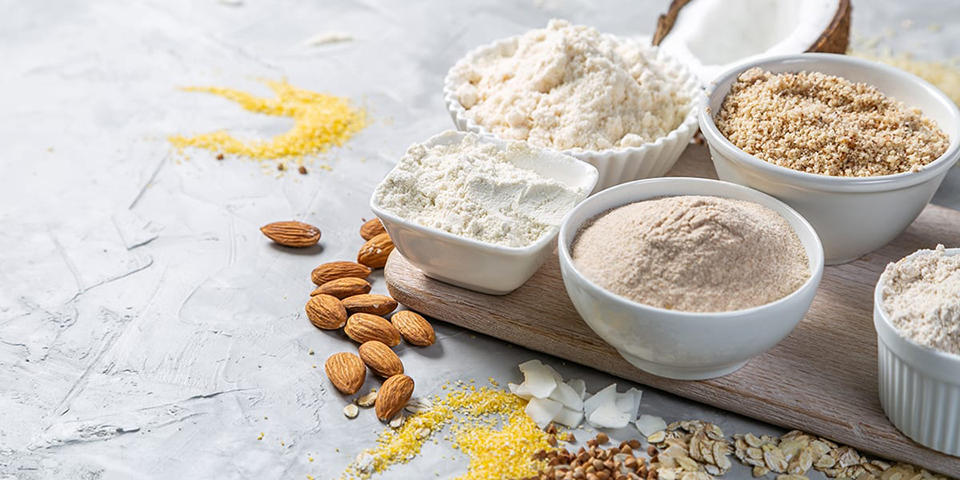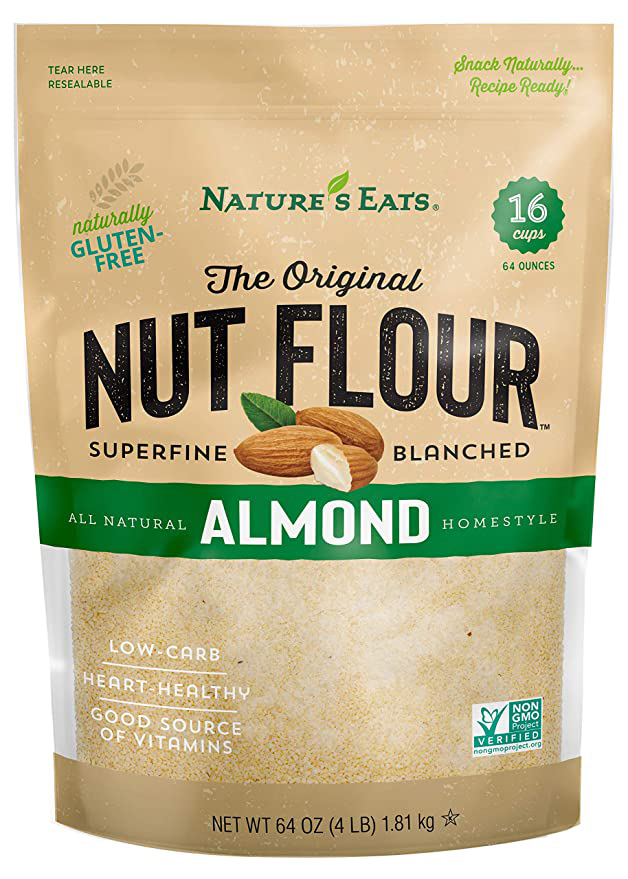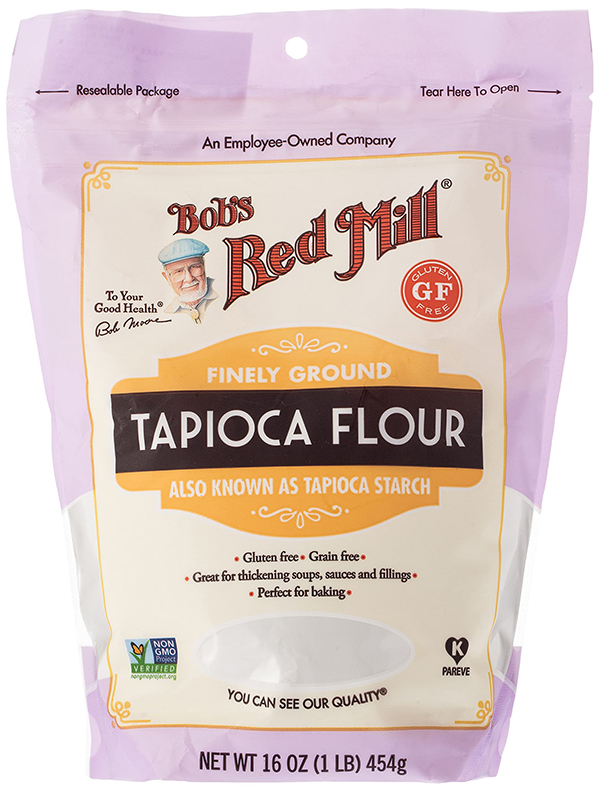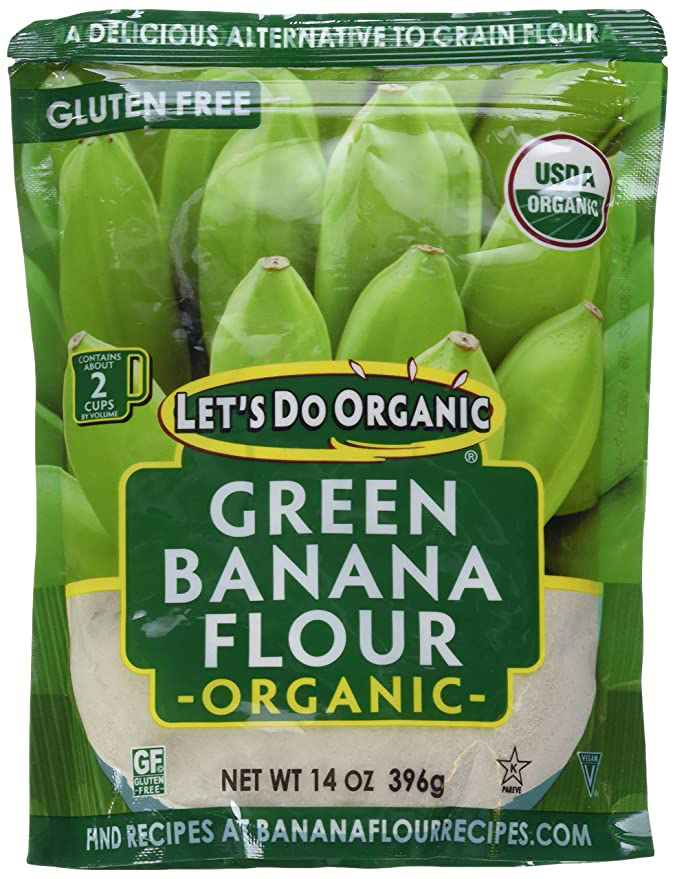Flour alternatives made from ancient grains, nuts, and even fruit continue to take up shelf space next to all-purpose white and whole-wheat flours. And in many instances, these flour substitutes offer more nutrition than the usual options.
But each of these different types of flour perform best in certain kinds of recipes. Use these tips from Rachael Hartley, RD, LD, owner of Rachael Hartley Nutrition, to perfect your cooking and baking with flour alternatives.
1. Coconut Flour
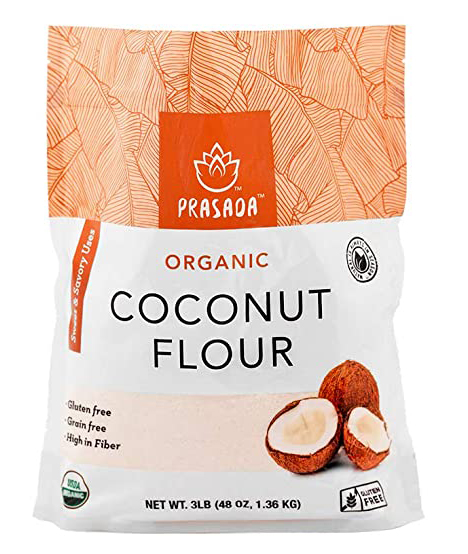
Made from dried, ground coconut meat, this flour alternative is high in fiber, with 5 grams in every two tablespoons. That’s more fiber than in an entire cup of all-purpose flour!
“Because coconut flour soaks up a lot of liquid, it needs plenty of eggs, milk, butter, or oil to prevent baked goods from drying out,” Hartley says. “A general rule of thumb is to use equal amounts of liquid for the coconut flour.” Try the slightly sweet and coconutty flour to make muffins, pancakes, breads, or battered coconut shrimp.
2. Almond Flour
Higher in protein and lower in carbs than white flour, almond flour is Hartley’s favorite to bake with because of its light, nutty flavor.
“I love it in cookies, where it adds a crumbly texture and complex flavor,” she says. “For many wheat-based recipes that don’t rely so much on gluten, like quick-breads and muffins, you can swap up to 50 percent almond flour without other adjustments.” Also use this flour substitute to make keto bagels or to bread fish fillets.
3. Quinoa Flour
Surprisingly, quinoa flour isn’t that much higher in protein than white flour: half a cup has 8 grams of protein compared to 6.5 grams, respectively. However, quinoa flour is gluten-free and is a good source of fiber and iron.
Some find the taste to be bitter, earthy, or grassy. Because of that, Hartley recommends using it in savory recipes like crackers, flatbreads, or sandwich bread. Others love this flour alternative in pizza crust and pancakes.
4. Tapioca Flour
Tapioca flour, or tapioca starch, has a fair amount of fiber (2 grams per quarter cup) but typically plays a supporting role in recipes.
Due to its mild flavor and binding abilities, it’s perfect to thicken sauces, soups, and pies. And in baking, “it’s usually used alongside other gluten-free flours to help bind and add structure,” Hartley explains.
5. Banana Flour
Yes, this flour substitute really is a thing! Take green bananas, dry them, and then grind them, and you have banana flour. This gluten-free and Paleo-friendly ingredient is high in resistant starch, a type of fiber that’s good for gut health.
The taste is actually pretty neutral; add a tablespoon or two to thicken up smoothies, or you can bake with it in sweet breads, cookies, and pancakes.
6. Chickpea Flour
It seems like you just cannot escape chickpeas these days (also known as garbanzo beans,). This flour alternative is high in protein and fiber — a quarter cup provides 5 grams of each — and tastes kind of bean-y.
In addition to being a good binder for gluten-free baking or plant-based burgers, chickpea flour is good for making crepes, socca (a flatbread that Hartley says makes for a delicious pizza crust), and egg-free frittata or quiche.
7. Oat Flour
No need to scour the grocery store for oat flour — just throw oats (ideally rolled oats) into the food processor, and you can make your own flour alternative! Since it tastes (not surprisingly) lightly of oats, this makes a great addition to sweet recipes such as pancakes, muffins, waffles, sweet breads, and cookies.
Hartley recommends substituting up to one-third of wheat flour in a recipe with oat flour to add flavor and some crumbliness.

